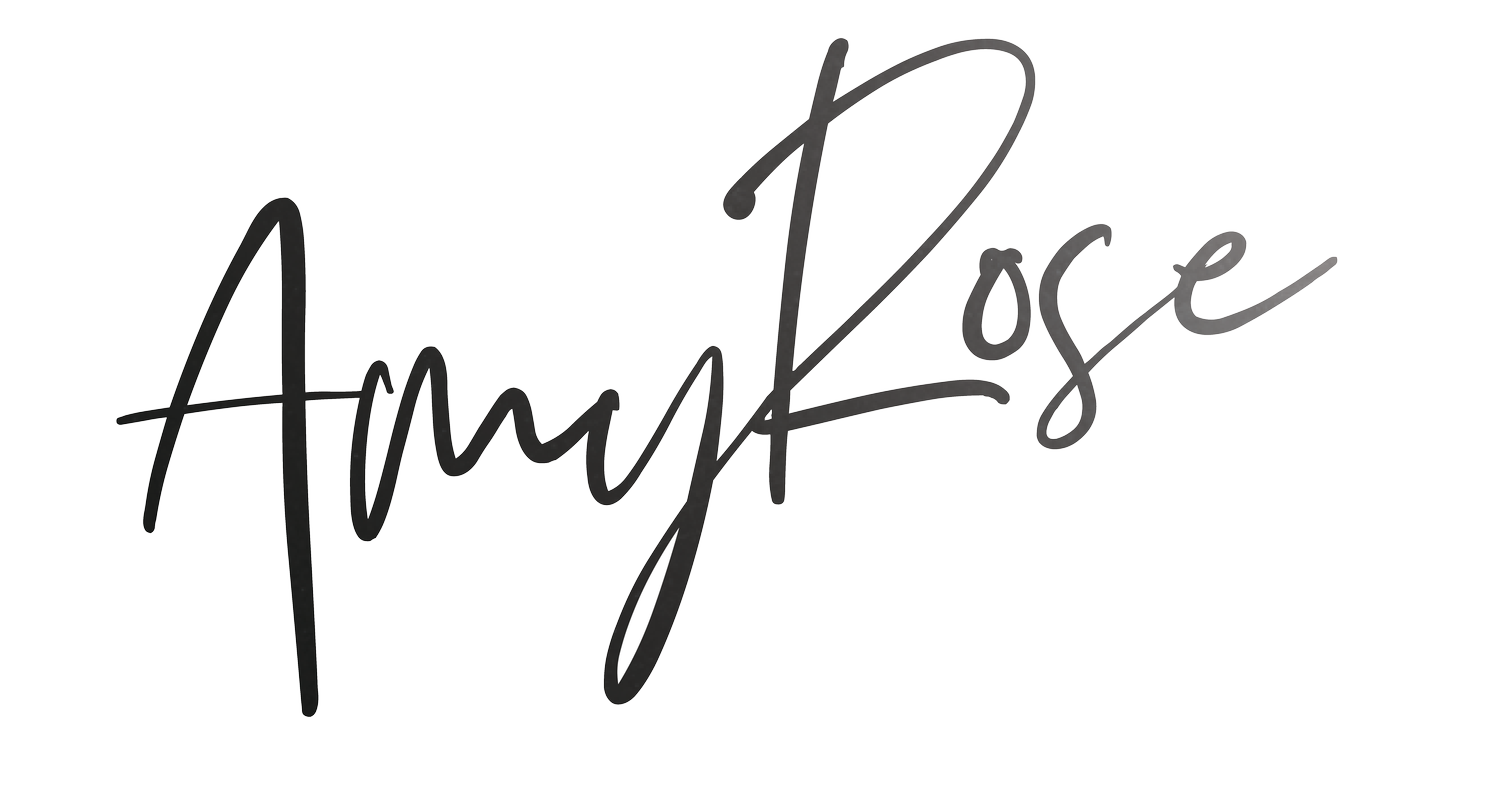How To Self-Produce A Photo Shoot (Part Two of Six)
Last week we talked about self-producing a photoshoot, coming up with a concept and creating a mood board. Click HERE if you missed the blog post. This week we’re going to share our tips for finding a wardrobe stylist and talent.
Clothing is a crucial component of Fashion and Editorial Photography so its best to work with a Wardrobe Stylist. They will:
· Purchase and/or borrow items such as clothing, accessories and/or props that match the concept in mind.
· Dress the talent in an organized way.
· Check for wardrobe malfunctions during the photoshoot as well as wrinkles in clothing, or anything else that may be “out of place.”
· Ensure all items are accounted for at the end of the shoot and return items if necessary.
Tips for finding a stylist:
· Use the hashtag #fashionstylist or #wardrobestylist on any social media site.
· Contact local agencies and colleges to see if a Stylist is available and make sure your expectations are clearly known.
· If all else fails, you can always style the shoot yourself, however that’s another element to worry about.
Having a stylist is also like having a second pair of eyes. They can offer suggestions, solutions and/or bring things to your attention. It’s a team effort.
You now have your stylist booked, so what’s next? Decide how many models you want in your photoshoot, as well as their gender, age and ethnicity.
Tips for booking talent:
· Search social media sites such as Facebook, Instagram or Model Mayhem. If you’re using your own model, make sure a model release form is signed. This lets everyone on the team use the photos for the uses stated in the release, and it saves you any
headaches should there be any issues down the line.
· Call your local modeling agency. Explain what you’re doing (i.e. portfolio building, submitting for publication, etc.) and would like to know if there are any models available to test with. The agency will have a say on how you can use the photos
(if no fee is involved), so you’ll want to confirm the details right away.
· It’s best to go through the agency directly, rather than contacting the model. If you try to skip through loopholes, you can ultimately end up blacklisted by the agency. The agency will let you know if it’s OK to contact the model directly, after
you’ve spoken.
Stay tune for part three as we’ll share our tips for finding a hair and makeup artist, as well as choosing your location.
Talent: Rosey Campbell of Maggie Inc. / Wardrobe & Prop Sylist: Asha Holmes
How To Self-Produce A Photo Shoot (Part One of Six)
Chelsea and I have self-produced many photoshoots over the years so we wanted to share our top tips and findings, when working with a team. Today we’ll be talking about creating a concept and mood board.
Everything starts with an idea so you have to decide the purpose of your photoshoot and ask yourself, are you:
· Portfolio building?
· Selling images as stock or planning on submitting them to a publication?
· Trying to appeal to a certain audience/client by selling a specific lifestyle/product (fashion) or telling a story (editorial)?
· Just experimenting?
What narrative do you want your finished photos to express? What world is your character situated in?
· Pull from other art forms such as a memory, song and/or movie. You can always jot your ideas down on paper or in the notes app of your phone when brainstorming.
· It could be something as simple as an adjective like “happy” “vibrant" or "nostalgic". You can then revisit these ideas at a later date.
You’ll now want to create a mood board, once the concept has been figured out.
Mood boards are essential because it helps guide the entire team towards your vision. Imagery can be pulled from Pinterest and/or Google to name a few. They’re a great resource for photo inspiration as well as on-line and/or printed fashion magazines.
Below is an example of a mood board created called “Photoshoot – Fashion Men.”
You can also check out my other Pinterest boards here for more ideas: https://www.pinterest.com/MShanahanPhoto/
The mood board can include images of the desired overall mood, color palette, style, model poses, lighting, location, clothing and hair/makeup.
At times, Chelsea and I already have a particular model in mind, so the photoshoot will be built around the talent. Other times we’ll create a theme/style first and then revisit it at a later date when the right person or setting arises.
This series is split into six segments so stay tuned over the next few as we’ll share our tips for finding a wardrobe stylist as well as talent.


